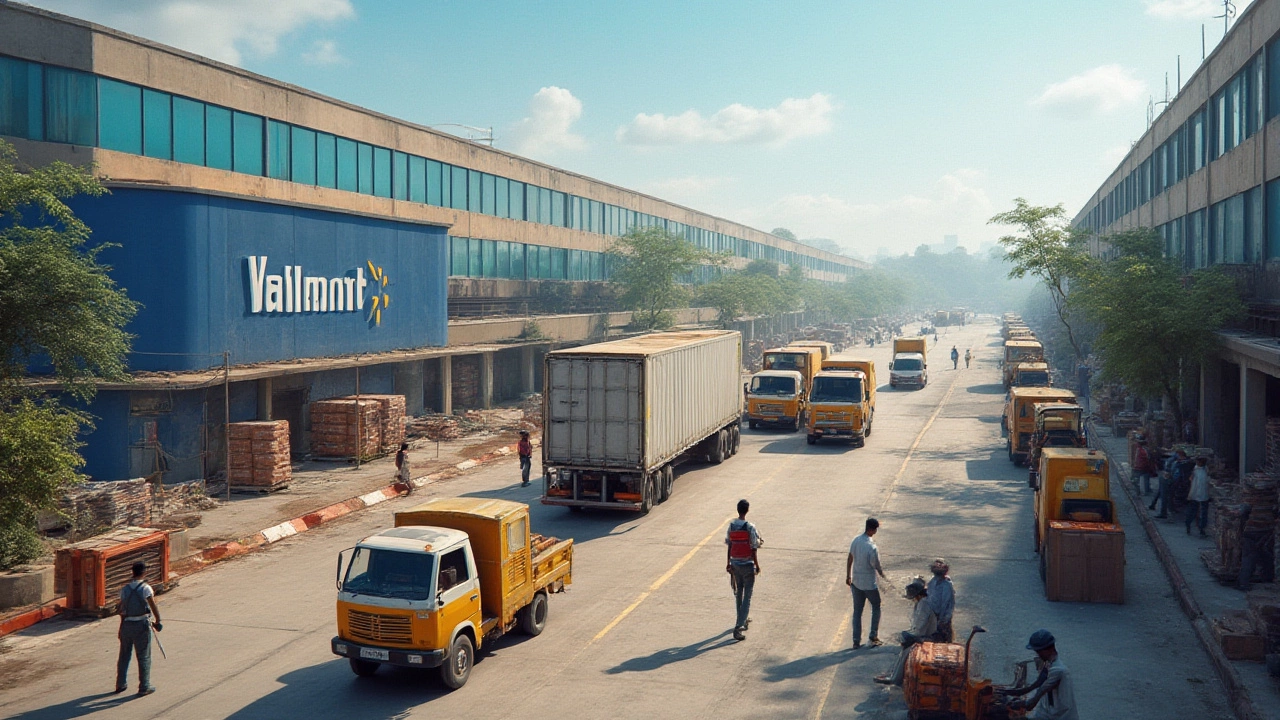Logistics System Example – Real‑World Setups Explained
Ever wonder how a big e‑commerce company moves a product from the factory to your doorstep without a hitch? The answer lies in a well‑designed logistics system. Below you’ll see the core pieces of such a system and an easy‑to‑follow example that shows every step in action.
Key Parts of a Logistics System
First, break the system into three zones: warehouse management, transportation management, and order fulfillment. The warehouse side usually relies on a Warehouse Management System (WMS). A WMS tracks each SKU, tells workers where to pick items, and updates inventory in real time. On the road, a Transportation Management System (TMS) plans routes, picks carriers, and monitors miles per hour to keep costs down.
Both systems talk to each other through an integration layer or a supply‑chain platform. When the WMS marks an order as ready, the TMS receives a trigger, creates a shipment, and sends a tracking number back to the order portal.
Got a warehouse with high shelves? You’ll need slotting rules in the WMS. Need a fast last‑mile option? The TMS should include a pool of couriers for same‑day or next‑day delivery. The key is that each piece feeds useful data to the next, eliminating guesswork.
Practical Example: From Order to Delivery
Imagine a customer in Delhi clicks “Buy” on a phone case. Here’s what happens:
1. Order capture: The e‑commerce site creates an order ID and pushes the details to the WMS.
2. Pick‑and‑pack: The WMS tells the picker which bin holds the phone case, updates inventory, and prints a packing slip.
3. Shipment creation: Once packed, the WMS signals the TMS. The TMS checks carrier rates, picks the cheapest option that meets the promised delivery window, and generates a label.
4. Courier handoff: A courier collection service arrives, scans the label, and updates the status to “Package received by courier”. The customer sees this in their tracking dashboard.
5. Transit: The TMS monitors the route, alerts the driver of traffic, and notifies the customer at key milestones (e.g., “Out for delivery”).
6. Delivery: The driver drops the package at the doorstep, scans it, and the system marks the order complete. The WMS logs the final inventory numbers, and the TMS records the actual miles driven for cost analysis.
That whole flow is a perfect logistics system example. It ties together a WMS, a TMS, and a courier network into a single, data‑driven workflow. Companies that adopt this pattern see fewer stock‑outs, lower shipping costs, and happier customers.Want to start building your own system? Begin with a simple WMS that can handle inventory updates, then add a basic TMS or even a spreadsheet to plan routes. As you grow, replace the spreadsheet with a dedicated TMS that offers real‑time rate shopping and automated carrier assignment.
Remember, the goal isn’t to buy the most expensive software. It’s to make every step visible, connect the right data, and keep the customer informed. When you nail those basics, scaling up becomes a matter of adding more carriers or expanding warehouse space – not reinventing the whole process.
So next time you see a package on your doorstep, think about the logistics system behind it. It’s a chain of tiny, well‑coordinated actions, all driven by software that talks to software.
Logistics System Example: How Retail Giants Move Goods Efficiently
Explore a real-world logistics system example. Learn how companies like Walmart handle supply chain challenges, use warehouses, and move goods quickly.
Read More